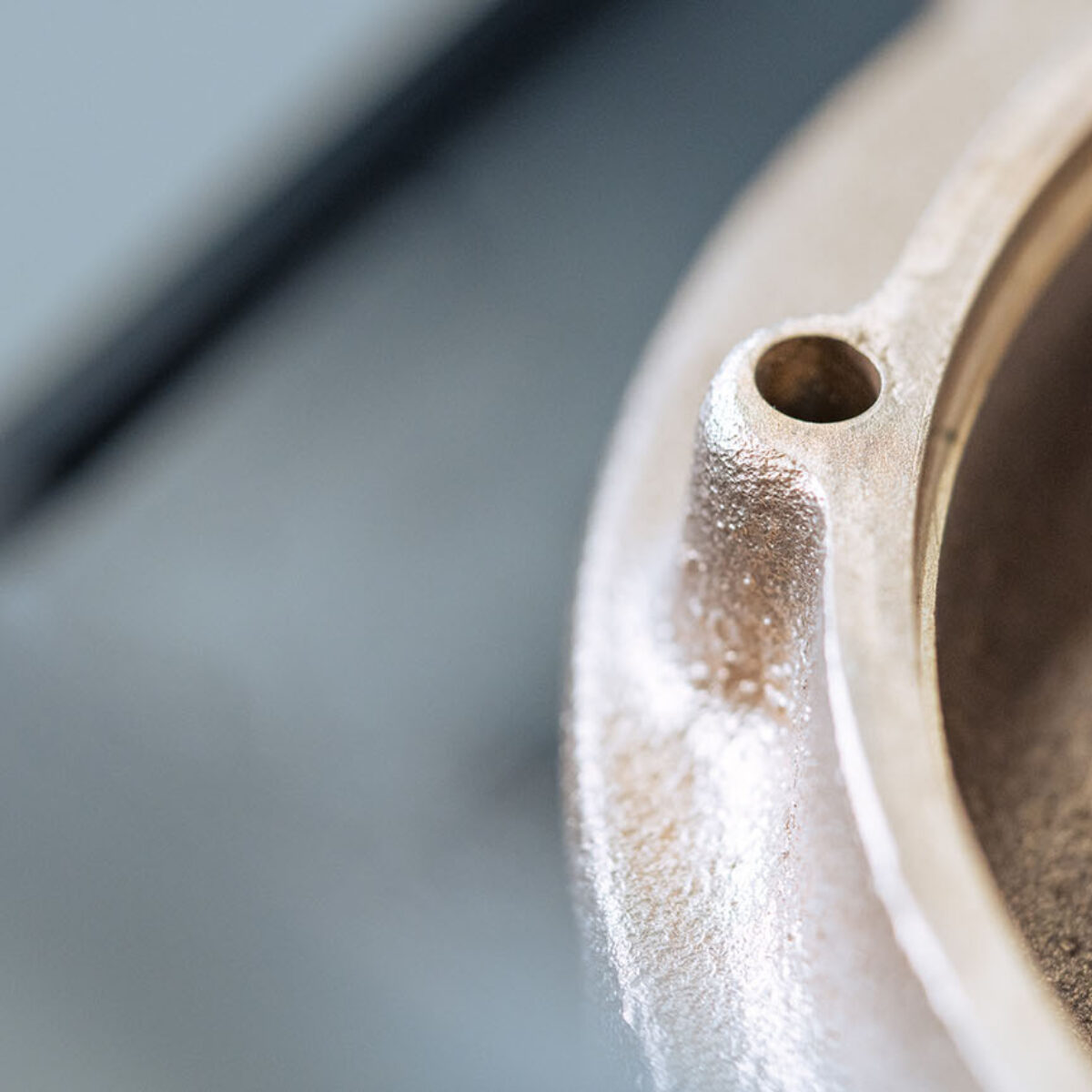Change the numbers
In recent years, we have experienced drought in several parts of the world. Particularly hard hit are California, as well as significant parts of Europe, especially Spain and Portugal. The consequences of this situation have been profound, leading to restrictions on water usage for those affected.
Every day a state like California, with 40 million people, flush 1.2 billion liters of fresh water down the toilet. This water has been transported, cleaned and distributed through an intricate pipe system out to homes, workplaces, factories, hotels - only to be flushed down the toilet. This way of handling drinking water is no longer considered sustainable
- Saves water
- Reduced energy consumption
- Flexible
- Space-saving
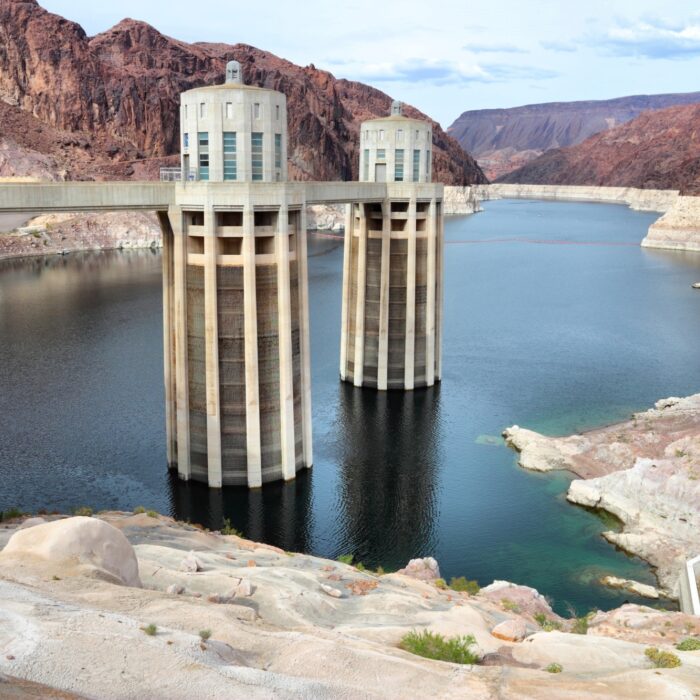

Drought ravages Europe
Lets take a look at the drought in Europe. Large parts are currently in the throes of a severe drought, signaling a looming water crisis.
Last year, Europe experienced its driest summer in 500 years, and 2023 shows no signs of improvement. The uncertain water situation in Europe has far-reaching repercussions. Spain, in particular, is facing dwindling water reservoirs and rivers, resulting in parched fields, diminished crops, and a strain on meat and dairy production. Residents contend with water restrictions and limited access in some areas. The scarcity of freshwater, poses significant challenges for cities struggling to provide clean water to their inhabitants. Urgent action is needed. Investment in water infrastructure are crucial steps toward long-term solutions.

Why not vacuum?
Water is of utmost importance, especially when it comes to drinking water. However, a significant portion of our drinking water is used for a seemingly unavoidable activity: flushing the toilet. While we cannot simply cease using toilets, we need to find a solution to address this issue.
During the drought currently affecting Europe in 2023, vacuum toilets and vacuum sanitary systems offer a promising solution to conserve water. Vacuum toilets use air instead of water to transport sewage. This advantage significantly reduces water usage.
Traditional toilets typically consume 5-7 liters of water per flush, placing a strain on water resources during times of scarcity. In contrast, vacuum toilets use a minimal amount of water, only 0,8-1 liters, combined with vacuume to create a powerful suction force, efficiently removing waste without sacrificing hygiene. In fact the airflow vents away odours and dramatically reduces the risk of spreading airborne and waterborne pathogens.
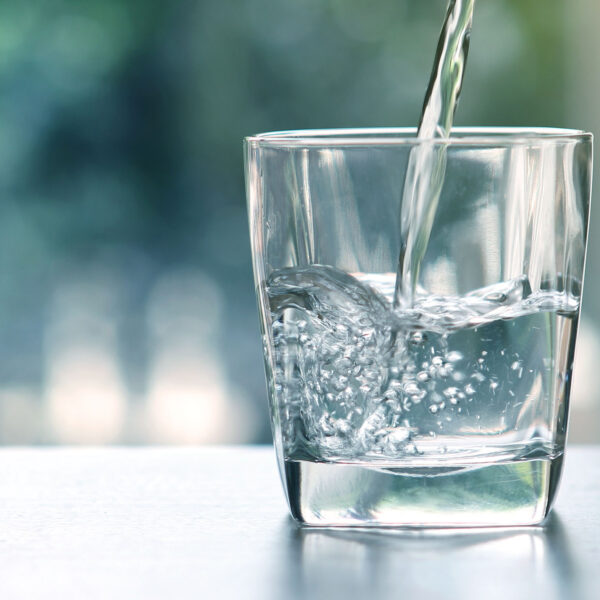
How much water can we save?
If we take a closer look at one of the cities affected by the drought, what will the numbers look like?
In the city of Seville, Spain, with a population of 689,000, an astounding amount of 20,670,000 liters of water is flushed down toilets on a daily basis. However, when we consider the usage of vacuum toilets by Jets®, water consumption is significantly reduced down to 3,445,000 liters. This indicates an impressive water-saving percentage of over 80%.
By incorporating vacuum sanitary systems in residential, commercial, and public facilities, substantial water savings can be achieved. This conservation measure becomes particularly crucial in regions facing water shortages, helping to alleviate the strain on water supplies and ensuring equitable distribution.
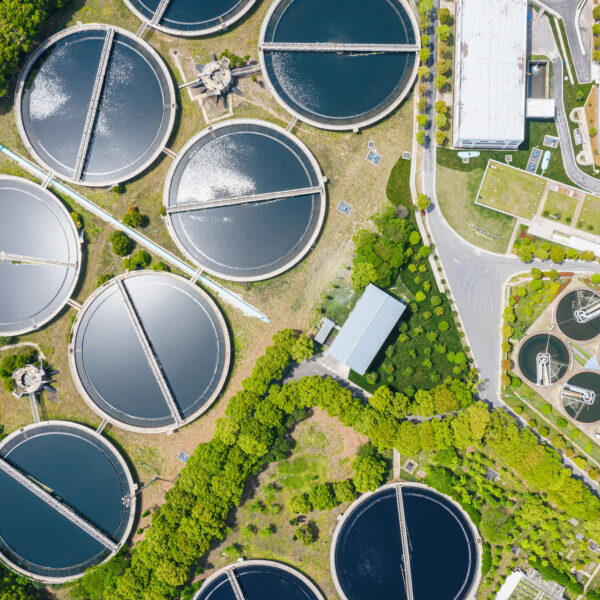
Reduced energy consumption
The solution to this issue not only addresses water conservation but also contributes to environmental preservation.
Moreover, the implementation of vacuum toilets and sanitary systems presents additional benefits beyond water conservation. The reduced water usage translates into lower wastewater production, necessitating less energy and resources for treatment. It also reduces the strain on sewage systems, allowing them to operate more efficiently during times of high demand.
As Europe grapples with the challenges of drought, embracing vacuum toilets and sanitary systems presents an opportunity to optimize water usage and mitigate the impact on dwindling water resources. By adopting these innovative technologies, individuals, communities, and institutions can contribute to sustainable water management practices, ensuring a more resilient future in the face of water scarcity.
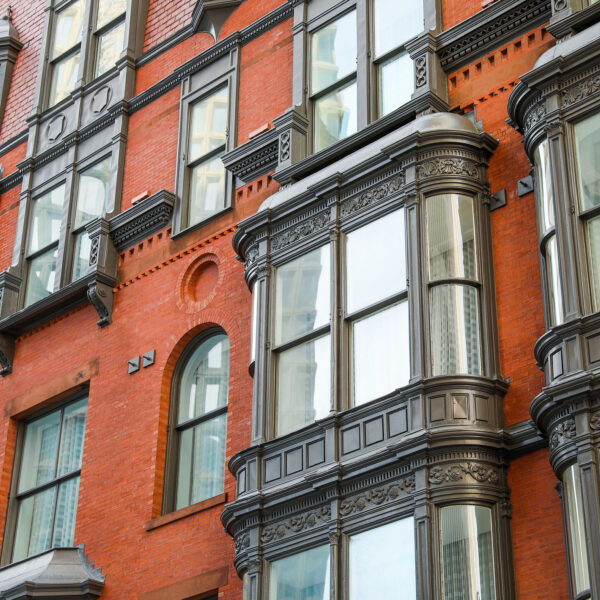
Easy to install in existing buildings
Sanitary solutions typically involve extensive labor and high costs; however, it doesn’t have to be this way.
When upgrading older buildings, the existing plumbing infrastructure may not be suitable for conventional sanitary systems. Vacuum toilets and sanitary solutions offer a practical alternative as they require smaller diameter pipes, making them easier to retrofit into older buildings without extensive modifications or disruptions to the existing structure.
Vacuum systems provide greater flexibility in terms of pipe routing. They can be installed vertically or horizontally, allowing for adaptable installations that can utilize existing voids or tight spaces within the building. This eliminates the need for major renovations and reduces the overall cost and complexity of the upgrade.
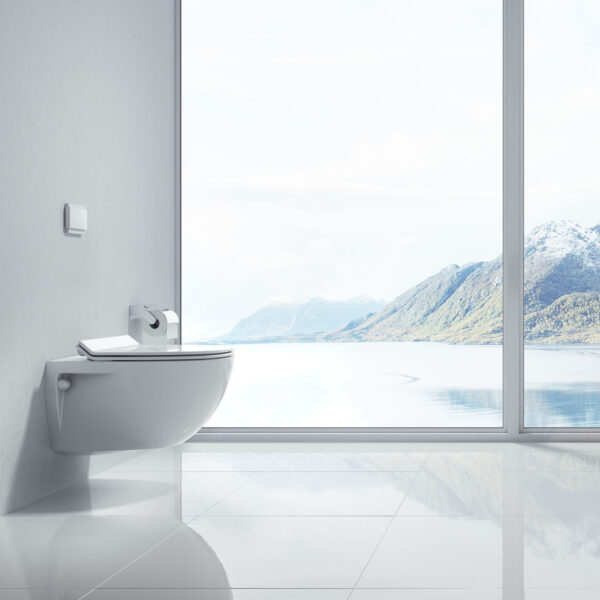
New standard for new buildings
Vacuum toilet and vacuum sanitary system should be considered as the standard for new buildings.
Vacuum systems offer significant water savings compared to traditional flush toilets. By utilizing a minimal amount of water and powerful vacuum technology, they reduce water consumption per flush, promoting sustainable water usage and conservation.
Vacuum systems provide greater flexibility in building design and layout. The smaller diameter vacuum pipes require less space and can be routed vertically or horizontally, allowing for more efficient space utilization within the building. This flexibility facilitates architectural creativity and enables versatile placement of sanitary fixtures, even in challenging or unconventional spaces.
Vacuum systems are highly adaptable to diverse building types and situations. Whether it’s residential, commercial, or public buildings, vacuum toilets and sanitary systems can be seamlessly integrated into various settings. Their compact design and ease of installation make them suitable for both new construction projects and retrofitting existing buildings.
Considering the water-saving benefits, design flexibility, adaptability, and cost efficiency, vacuum toilets and vacuum sanitary systems present a compelling case for becoming the standard in new building constructions. By embracing these innovative systems, we can promote sustainability and save drinking water.

New sanitation for the green cities of the future
New sanitation refers to a circular sanitation that focuses on long-term viability and ensuring the well-being of both present and future generations.
Circular sanitation encompasses the entire sanitation chain, integrating the circular economy principles. It involves providing toilets, waste collection, treatment, and transforming waste into valuable products like fertilizers, fuel, and clean water. This approach maximizes resource efficiency and minimizes environmental impact
This is where solutions from Jets® play a role. With low water consumption and source separation capabilities, we can minimize water usage and facilitate water reuse by effectively separating greywater from blackwater.
This separation enables easier reclamation of greywater for reuse, while the concentrated blackwater from vacuum toilets reduces the amount of sewage requiring treatment - or even used for biogas energy production. And with the right treatment, the reclaimed greywater is so clean it can be used to water gardens and even in agriculture.
